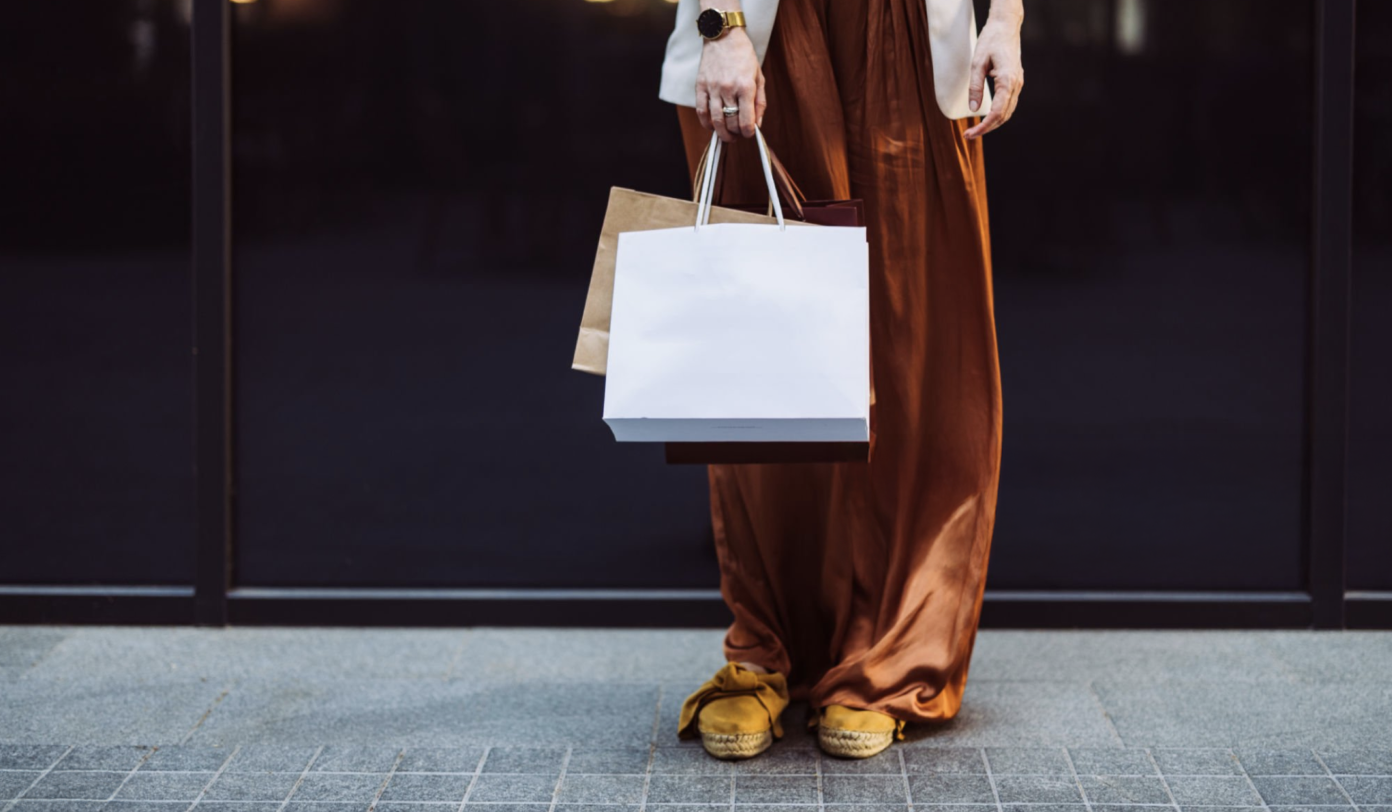In the UK, inflation skyrocketed to its highest level in 30 years, with economic recovery drawing to a halt. Figures were weaker than what economic experts first predicted – and it looks set to get worse. The Bank of England spelled out a stark message in early May: inflation is projected to rise to 10.2% this year.
The rest of the world is seeing a similar picture. Inflation in the US is also at a 40-year high, with the cost of food, fuel, and housing climbing rapidly. In developing countries, the impact will be even more severe.
So, how is the cost of living really affecting consumers? And what spending shifts might we see off the back of this? Using our Zeitgeist research from March and April 2022, let’s dive into the must-knows on how consumers are feeling and where their money might be headed.
Financial security looks largely positive – for now
Most people recognize the impact of inflation, with over two-thirds of consumers across 9 markets feeling inflation has had a moderate/dramatic impact on their lives. Only 6% say it’s had no impact.

In line with this, over half of consumers say the current cost of living has increased compared to 6 months ago, with notable differences by age and country.
Older generations are the most likely to say the cost of living has increased compared to younger generations. For example, 77% of baby boomers say this compared to 49% of millennials.
On a country level, close to 90% of consumers in the US and UK say the cost of living has increased; on the other side of the spectrum is Japan, where just 17% of consumers say the same.
Even though many feel the cost of living has increased, just over half of consumers say they’re somewhat financially secure, while a further 23% say they’re very or completely financially secure. So it’s not all doom and gloom.
Again, financial optimism varies significantly by country. In Italy and France, for instance, close to 2 in 5 say they’re not financially secure.
It’s something to bear in mind: the impact won’t be felt equally. People in different countries, age groups, and income levels will feel the strain in different ways, some more severely than others.
For many people, pent-up savings from the pandemic could be shouldering the heaviest blows – for the time being. On average, low-income households have $3,000 in their savings and checking accounts in the US – nearly double what they had at the start of 2019, according to the Bank of America’s data.
But as costs continue to rise and savings deplete, consumers’ financial confidence will likely dwindle even further.
Nobody is immune to the price hikes, but some are hit harder than others
Older, vulnerable, and lower-income groups are most at risk. Some people are being forced to cull household spending, forgo meals, or in extreme cases be disconnected from electricity and gas for periods of time.
Older groups are more likely to say they’re spending less – 37% of baby boomers say this compared to around 30% of Gen Z and millennials.
Older consumers might have more spending power, but that doesn’t mean they’re less impacted by inflation. This group is generally more price-sensitive and cautious about their finances. They’re ahead of other generations for saying being financially secure is important to them. Having this financial safety net matters to them, so it might explain why they’re taking steps to stay financially comfortable.
Consumers in the UK are also the most likely of all markets tracked to say they’re spending less compared to two years ago (44%).
Even before the latest increases, many households in the UK were already feeling the strain. Over 3 million people in England faced “fuel poverty” or struggled to heat one’s home in 2020 according to government figures.
In April, almost half of adults paying energy bills said they had struggled to afford those charges, and one in five were unable to buy fuel at some point, according to Britain’s Office for National Statistics.
Financial concerns aren’t limited to lower earners either. We found that 27% of higher earners say they’re spending less money, which isn’t miles behind lower earners at 35%.
These findings echo CNBC’s and Momentive’s research which found higher earners’ decisions to cut spending isn’t far off those made by lower-income groups. Considering higher earners are responsible for up to three-quarters of the spending, their cutbacks will be the most troubling for businesses.
While most people will feel the impact in some way, rising prices and the squeeze on budgets will ultimately increase income inequalities.
The pressure is mounting for governments to step up and take action, while some local community groups in England are jumping in to support those who are struggling.
Consumers are set to re-prioritize their spending
With everything from housing costs to our favorite candy bars getting pricier, it begs the question: where will consumers cut spending?

Consumers are most price-conscious about the basics like food/groceries, utilities, and transport like car fuel, all of which have increased in cost. In some cases, consumers might make cheaper food swaps, such as shopping for own-label brands. Generally though, it’s harder to pare back spending on essential items.
Instead, we’ll see more consumers re-prioritize their spending, with discretionary items likely being the first to go.
When asked what consumers are likely to spend less on, treats/luxuries, nights out or eating out, and travel costs like fuel are top of the list. The average takeout in the UK costs 20% more than it did 5 years ago, so we might see consumers opt to cook at home more. We’ll also likely see consumers take other modes of transport like walking or cycling more.
With more consumers evaluating what they truly need, many will make cutbacks on non-essentials like subscriptions, luxury products, and new clothing.
Meanwhile, others might shelve big home expenses. Purchases of household furniture (-7%), washing machines/tumble dryers (-7%), and dishwashers (-9%) have all dropped since the last quarter – something the British Retail Consortium also found in their own data.
Many people will be thinking of smart money swaps they can make, and it leaves a bunch of categories on the chopping block.
Despite the challenging economic situation, spending on hotels, resorts, and accommodation rose 16.6% in the UK compared to three years ago – the category’s highest growth since September last year.
So, while over a quarter say vacations are something they’d potentially cut back on if they needed to, many would make other sacrifices before giving up on their holidays. This is particularly positive news for a sector that lost out so much during the pandemic, and signals the appetite some consumers have to make up for missed trips.
Money-saving measures = a win for the planet
As more consumers weigh up costs, many will adopt money-saving strategies. But there’s an upside: some of the behaviors that cut costs will also cut emissions and waste.

Some of the biggest money-saving strategies like being more energy efficient, walking/cycling more, or reusing products all lean heavily into the circular model of living. The principles of a circular model are rooted heavily in rethinking how we design, make, and use things we need so waste and pollution are eliminated, and products and materials are reused.
Consumers will generally opt for ways to save money, but that doesn’t have to be at the expense of the planet.
Brands should lean into ways that consumers can stay mindful of the environment, on a budget.
This is an excellent opportunity for brands to show that they’re friends to both consumers and the planet by helping them live sustainably for less. Green-inspired incentives, like recycling programs that encourage consumers to bring in used items for discounts, could be a winning strategy.
While there’s no ignoring the toll the cost of living crisis will have on many people, there’s also some potential benefits that are worth tapping into.
What’s next?
The impact of inflation is only just beginning. While in some cases, consumer spending seems fairly steady for now, this could look very different at the end of this year or in 2023.
Analysis from the Guardian found that many top corporations’ financials and earnings calls reveal most are enjoying profit increases even as they pass on costs to customers. With consumers bearing the brunt, there’s only so much they can handle before they need to clamp down on spending.
Report
The biggest 2022 trends
View now






.webp?width=495&height=317&name=pink_thumb_graphs%20(1).webp)
.webp?width=495&height=317&name=pink_thumb_letter%20(2).webp)
